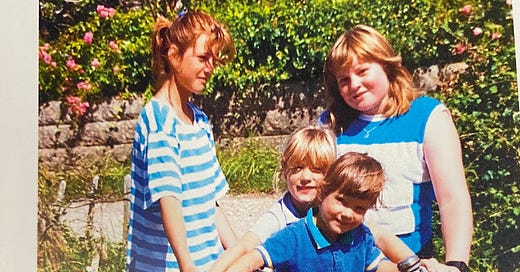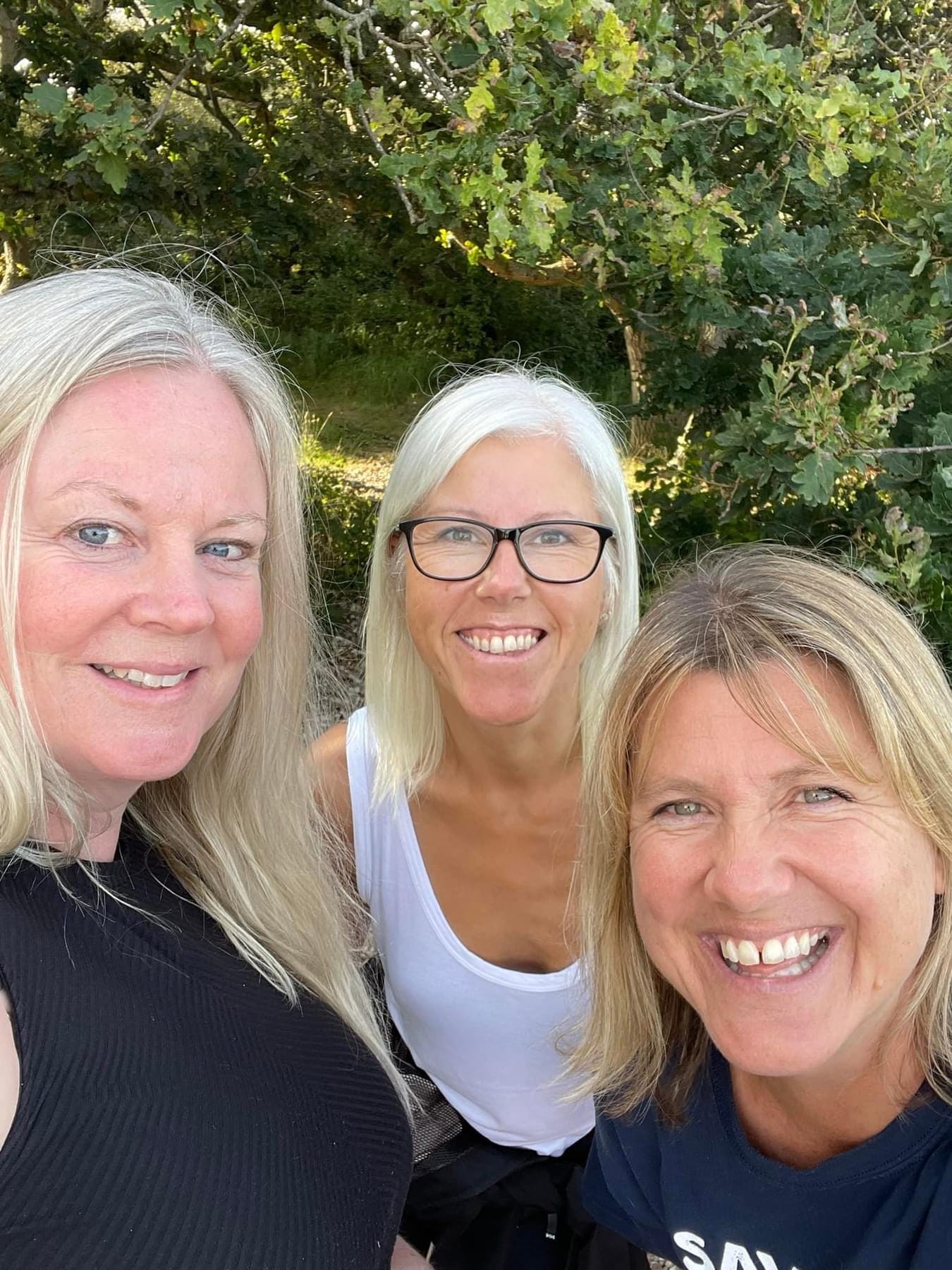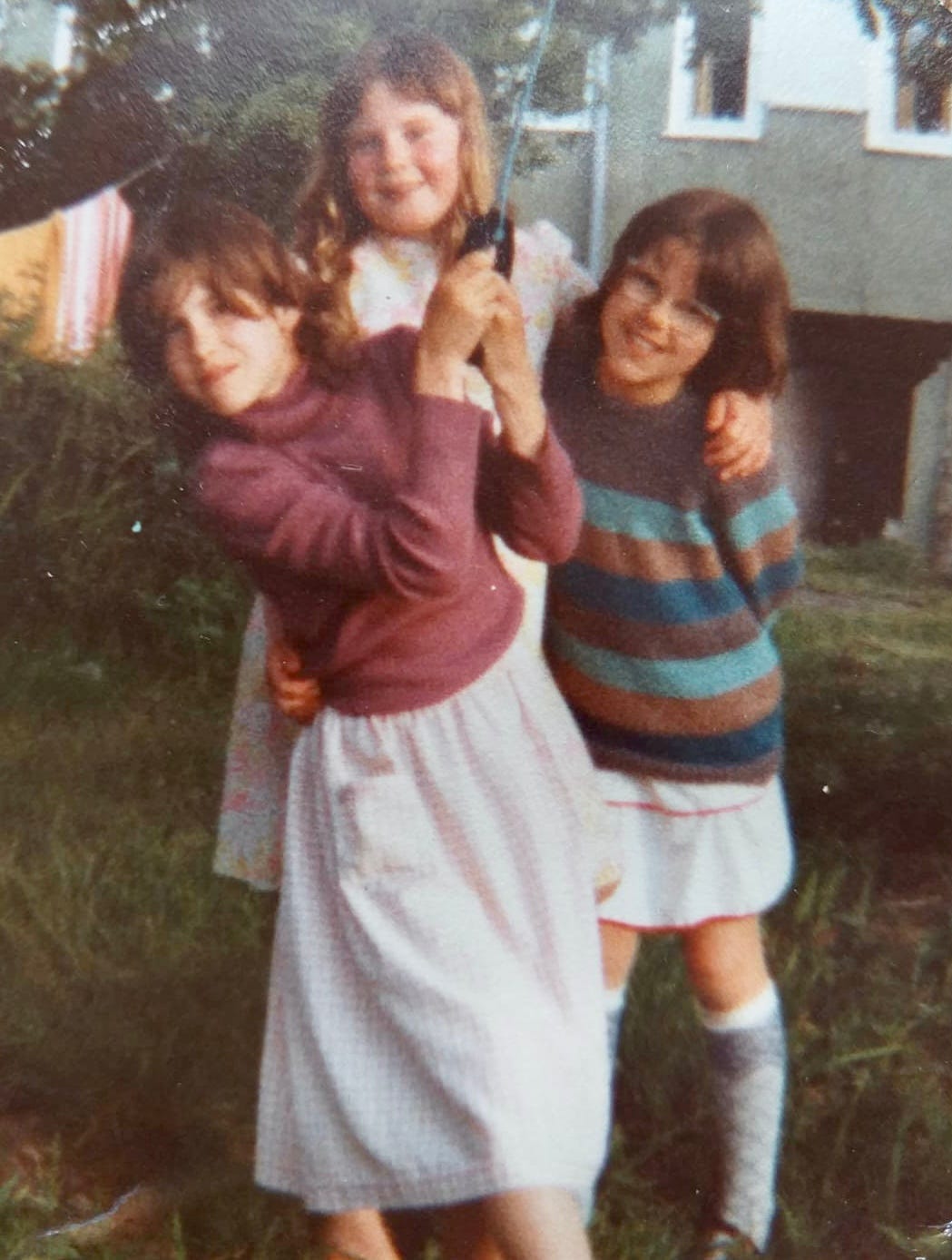Selsey Summers
I have recently been back to Selsey, where I spent all of my school holidays growing up and I learnt all about the tides and currents of the sea by osmosis.
Selsey summers
I have recently been back to Selsey, where I spent all of my school holidays growing up and I learnt all about the tides and currents of the sea by osmosis. It evoked memories and nostalgia that were at times overwhelming. Feeling like yesterday and a lifetime go. Long gone are my long slim tanned limbs and my long carefree days. But the life long friends I made there, are still very much in the here and now.
Selsey is in West Sussex where the long shore drift of the eastern south coast starts. As a school teacher my mum had every school holiday free, and my dad, a Fireman, worked shifts giving him days off too. So every school holidays, including February half term at times, they would rent a converted railway carriage on the shores of Selsey Bill and we’d all up sticks and spend our time by the sea. In my case in the sea most of the time.
The house we stayed in belonged to an old lady who no longer used it as a holiday home and her children just were not interested in staying there. It is literally on the beach. As are other homes made from other railway carriages dotted on the coast from the Bill (a narrow promontory) to Pagham harbour. The road to reach it is made of the same sea defence shingle as you find on the beach. Only sea kale plants and old fishing boat winches marked the edge of the road to distinguish it from the beach. The part of Selsey we frequented is east facing, sheltered from the westerly storms and the shingle stayed still to be bleached by the sun. Much of it is made up of oyster and whelk shells, white after the endless summers of the 1970s and 80s.
The break waters are wooden and silver grey with age, providing places to shelter from the wind and places to have fun, diving off them at high tide. The shingle gives way to wrack and winkle covered stony rockpools at low tide, which we’d collect and eat or play with. Spits and lagoons form at low water and sometimes, on spring tides a shingle island which we’d walk too, all the time scared about when the tide would turn! Our favourite lagoon was the inspiration for the Desert Islands them tune ‘Sleepy Lagoon’ the composer having a house that over looked it.
Just to the west of ‘our’ beach the concrete sea wall starts and continues all the way down to the Bill where the land sharply turns west and the beaches change to sand. Behind the sea wall were sheds where the daily catch would be cleaned and sold. Along the top were metal winches and stacked crab creels and small rowing boats to access the crabbing boats. Out to sea were moored crabber’s boats, only making it to shore when a strong storm freed them from their moorings and smashed them onto the shingle. We’d swim out to the small rowing boats when the crabber boats were out to sea and sunbath in them until we heard the returning engines.
It was very much the same experience my generation shared, of being out until it was dark and only going home when you were hungry. But mine was enhanced by my proximity to the sea and meeting the kids in the house behind. These were permanent Selsey residents with an eccentric mother that very much encouraged and enabled our latch key lifestyle and provided us with the means to have adventures. John was a year older than me and Rosie a year younger than me so they slotted in perfectly between me, my older brother and my younger sister. Our friendships are now as old as we are.
Their mum visited the weekly market (think car boot sale) and bought old bikes. She would do them up or use them for parts on other bikes. She’d always have one that was the right size for you at the beginning of each summer which you would trade in for a bigger model the following summer. You could choose your paint colour but it was always Hammerite. My favourite ever bike was painted metallic purple and was named ’thunder flash’. When the lifeboat maroon sounded we’d jump on our bikes to the tune of the red hand gang and pedal as fast as we could along the sea wall to the lifeboat station trying to beat the crew and be in time to see the boat speed down the slipway. We bought all our pencils and rubbers in the RNLI shop and often dared each other across the bridge to the station.
We knew the time of the tides without the need for a time table. We instinctively knew when they’d be each day. Our days would revolve around high water swims, perfecting our dives off the break water or creating flotillas of rubber dinghies, rowing boats and any fishing flotsam we could find. Low water meant searching for crabs and seeing how many we could hold hostage in a single rockpool. Mid tides were spent building camps in the woodland that reached the beach or in the haystacks in the corn fields behind the beach houses. On summer nights we’d sleep in the haystacks in our sleeping bags and have midnight swims. If we were woken by a thunderstorm this too would signal it was time for a swim. (I’m sure the only time it rained in the summer during my childhood is when there was a thunderstorm.) Is it any wonder I feel so at home in the sea.
The sea here is crystal clear. And the variety of seaweed incredible. And the marine life is abundant. It is a favourite spot for divers and it is obvious why. We’d swim without goggles with our eyes open and they’d sting like hell, but the blurry outline of scuttling crabs on the seabed were worth it. Land lubbers don’t realise that the sea and sea life changes with the seasons just as it does on land. Shore crabs and prawns can be easily spotted sheltering by the break waters in the summer months. And a summer gives way to autumn the storms begin again providing beach combing for seaweeds and shells. Or as we liked to call them, treasure.
I’ll always treasure my childhood by the sea. And the friends I made. And the memories we made. I knew then, I’d never not be able to live by the sea. And I sometimes forget it was only in the school holidays that I was a coastal dweller. There are times when I swim at Shoreham by Sea and the red of harpoon weed or hookweed is floating in abundance alongside me and I think of my Selsey summers.









